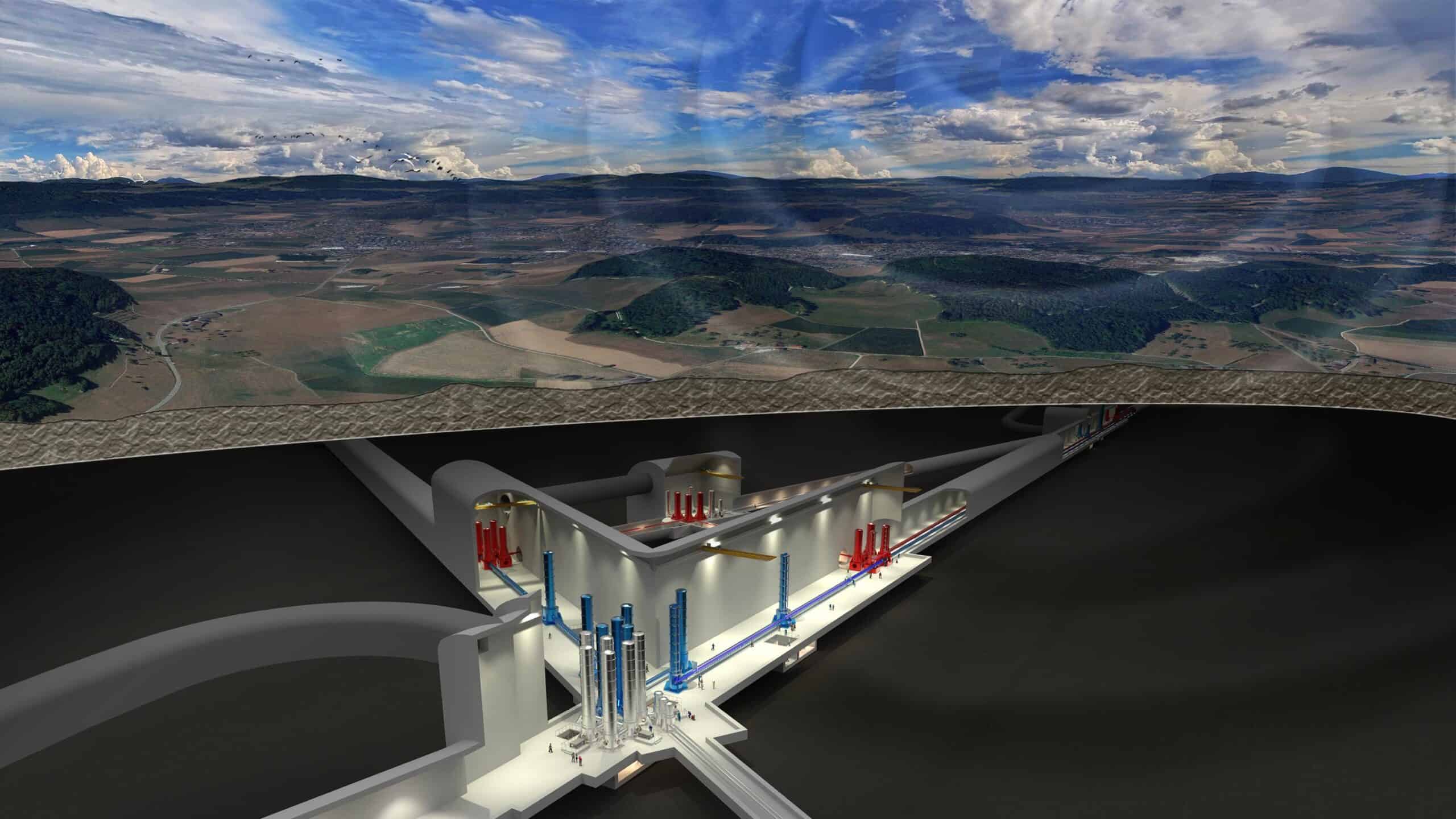
The NASA/ESA Hubble Space Telescope discovered the brightest quasar ever seen in the early universe 12.8 billion light years from Earth. The quasar’s light began its journey when the universe was only about a billion years old, so the discovery also provides an insight into the formation of galaxies.
A quasar is an extremely bright core of an active galaxy whose glow is generated by a supermassive black hole surrounded by an accretion disk. Gas sucked in by the black hole releases huge amounts of energy that can be observed over all wavelengths.
The discovery of the quasar, cataloged as J043947.08+163415.7, was no accident. An international team of astronomers has been searching the sky piece by piece for 20 years. Now the scientists were able to identify the quasar using data from the NASA/ESA Hubble Space Telescope and a strong gravitational lens effect. “In fact, the entire sky was searched using Sky Surveys at different wavelengths,” confirms Dr Fabian Walter of the Max Planck Institute for Astronomy in Heidelberg. “It was not a random discovery but the result of many years of searching.”
The brightness of the newly discovered quasar corresponds to about 600 trillion suns and the supermassive black hole is several hundred million times more massive than our sun. “That’s something we’ve been looking for for a long time,” says Dr. Xiaohui Fan of the University of Arizona. “We don’t expect there to be many quasars brighter than this in the whole observable universe!”
Despite its brightness, Hubble could only recognize the quasar because of its gravitational lensing effect, since there is a faint galaxy exactly between the quasar and Earth that deflects the quasar’s light and makes it appear three times larger and 50 times brighter than it would be without the gravitational lensing effect.
Conclusions about the role of black holes in the formation of stars
Based on the data collected, the scientists were able to see that the supermassive black hole not only accumulates matter extremely quickly, but also that the quasar can produce up to 10,000 stars per year. Due to the amplifying effect of the gravitational lens, however, the actual rate of star formation could also be considerably lower. By the way, the Milky Way produces about one new star every year.
“Its properties and its distance make it a prime candidate for studying the development of distant quasars, as well as the role that supermassive black holes played in their centers in the formation of stars,” Walter explains, illustrating why this discovery is so important. “By making the source appear brighter than it is (through gravitational lensing), we can make more detailed statements about the properties of the quasars than would otherwise be possible, or we could only draw conclusions if we had more powerful telescopes.
Quasars like J043947.08+163415.7 existed during the period of Re-ionization, the period after the Big Bang, when the radiation of young galaxies and quasars ionized the neutral hydrogen clouds in the cosmos, which had cooled 400,000 years after the Big Bang. What was responsible for the formation of quasars and to what extent they were involved in the formation of stars in the early cosmos, however, is still largely unknown. But objects like this newly discovered quasar could help to solve this mystery.
Pictures: ESA/Hubble








